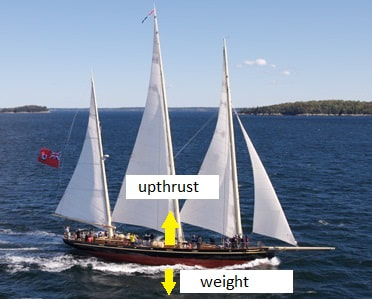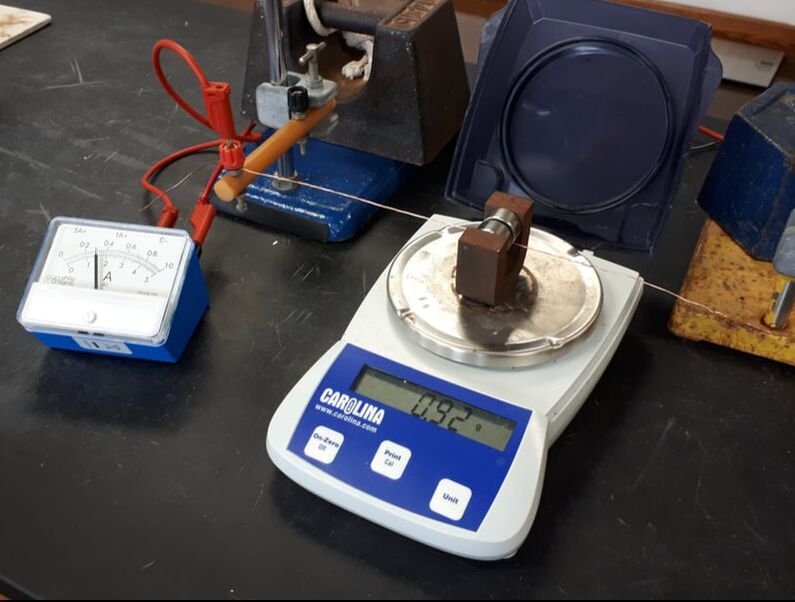|
The AP Physics 2 exam consists of 50 multiple choice questions and 4 free response questions. Two of these free response questions will a lab-based question (LAB) to test your experimental design and analysis skills and the other a qualitative-quantitative translation question (QQT) to test how you can use mathematics to explain physical phenomena. The remaining two free response questions will be short answer questions.
Typically, students often find the LAB and QQT questions challenging to get high marks on. So it is very worthwhile practicing the skills required for these. |
LAB-BASED QUESTIONSSince the 2014 practice paper to 2019's exam, these have covered most of the topics except for modern physics and electric fields. Circuits, thermal physics and optics have been popular.
The key with the lab-based questions is to figure out the whole experiment, what you will record and how to plot the graph BEFORE starting to write an answer in the spaces provided. Be concise but clear. Include labeled diagrams and sketch graphs with labels and what the gradient represents. The graph should usually be linearised. |
QQT QUESTIONSFrom 2014 - 2019 the QQT questions have covered all of the topics in the AP2 course except magnetic fields.
The key with the QQT questions is to spend a few minutes figuring out what the question is about and the fundamental physics involved BEFORE starting to write down an answer. The space above or at the back of the exam paper can be used for scratch work. Experience has made clear that messing up part a) will usually result in the whole question falling apart. Take your time to understand it first! |


